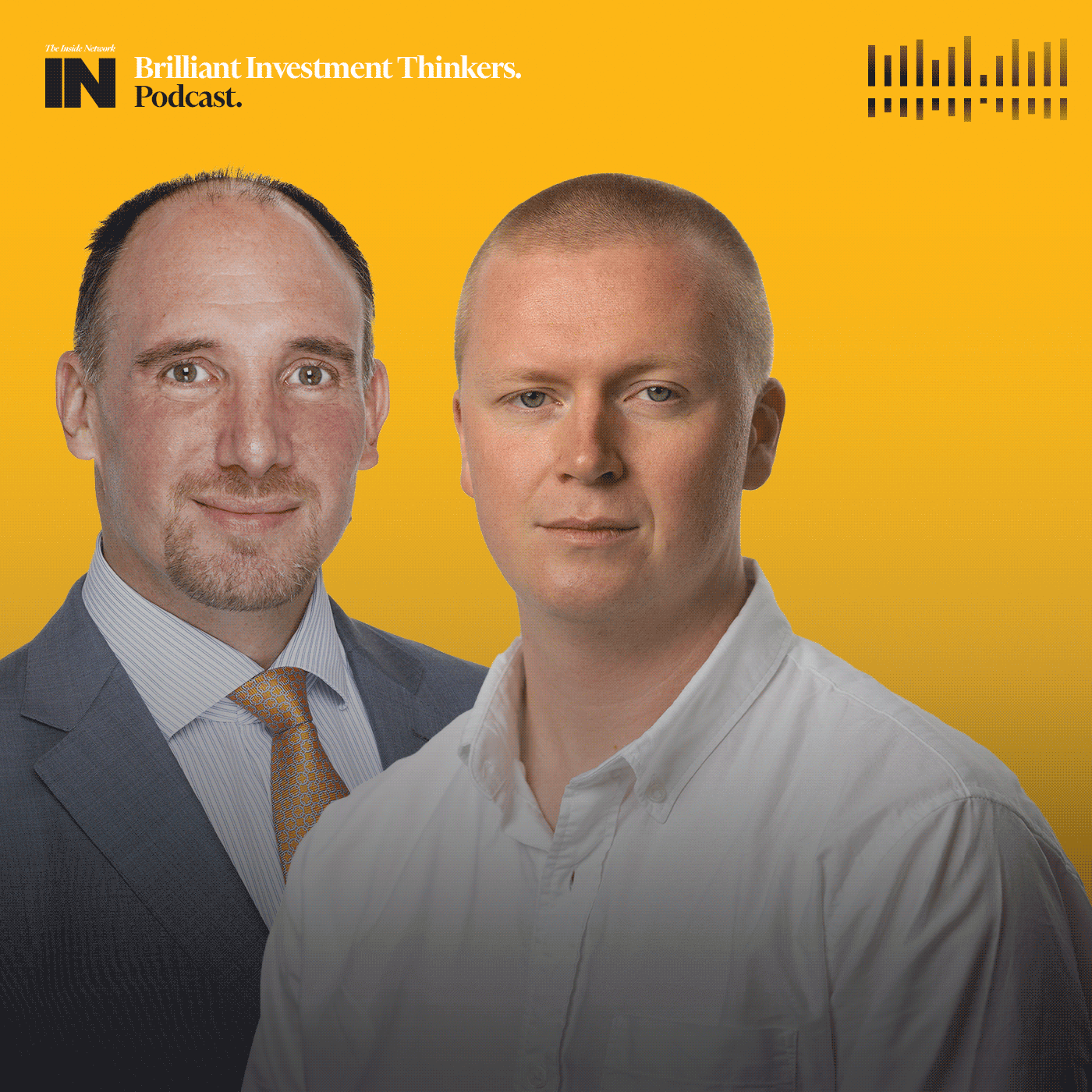More M&A action for alts managers
Casey Quirk, the funds management advisory arm of Deloitte, has predicted more M&A activity because of the continued better profits coming from alternative over traditional managers.
In a client report last week (December 9) Casey Quirk says alternatives managers, or those primarily focused on private markets, consistently generate higher profit margins than traditional firms, or those investing mainly in publicly traded stocks and bonds.
This is even though operating expenses for alternatives managers have increased at a faster rate. In the new study, the report says median operating margin was 46 per cent for alternatives managers in the third quarter and 31 per cent for traditional managers, compared with 41 per cent and 26 per cent, respectively, in the same period last year.
Scott Gockowski, senior manager at Casey Quirk, said: “We expect the persistent financial success of alternatives managers will continue to attract increasing attention from traditional asset managers and result in more M&A activity.”
The report says sustained investor demand helped publicly traded alternatives managers increase assets under management by 2 per cent even as global capital markets delivered flat or negative returns in the third quarter of 2021. AUM at listed traditional asset managers, by contrast, declined 1 per cent over the same period.
Casey Quirk analysed 24 listed asset managers based in the US and Canada with a combined US$32 trillion in assets as of September 30, 2021. Aggregate revenue increased 22 per cent in the quarter compared with the year-earlier period.
Total AUM was up 20 per cent from the year-earlier period. Organic growth for the majority of the firms in the Casey Quirk sample was less than 1 per cent.
Profits, as measured by EBITDA for the listed asset managers in aggregate reached a high of US$7.9 billion in the third quarter of 2021, up from US$6.1 billion in the same period a year ago.
Operating expenses rose 7 per cent in the third quarter for listed alternatives managers and was flat for publicly traded traditional managers. Compensation and non-compensation expenses rose 6 per cent and 8 per cent, respectively, for listed alternatives managers and were flat for publicly traded traditional firms. For all firms in the sample, costs stabilised in the quarter compared with the June quarter but were still up 19 per cent for the median firm from the year-earlier period.
Amanda Walters, a principal at Casey Quirk, said: “It is abundantly clear that listed alternatives managers are outperforming their traditional peers on key financial metrics, driven by investor demand and their ability so far to resist fee pressure.
“In turn, that has provided alternatives firms more flexibility than traditional asset managers to reinvest and spend on growth initiatives.”










